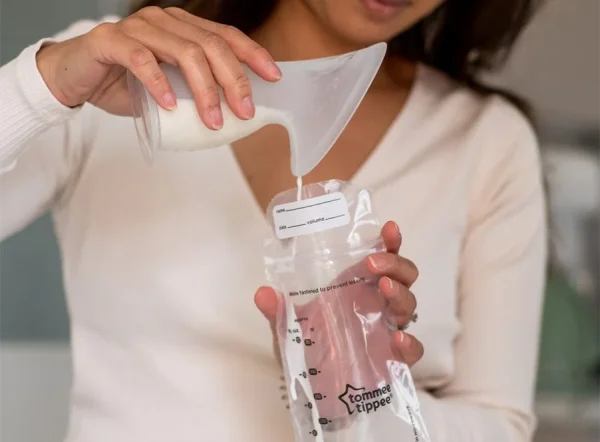Infant colic is common during the first 3 months. Symptoms Prolonged, intense crying Baby pulls legs to tummy Restlessness, especially in the evening Solutions Tummy massage Warm bath Gentle rocking
Baby Vaccinations: Why They’re Essential
Vaccines protect babies from serious diseases. Tips Follow the vaccination schedule Record dates in the health booklet Watch for mild side effects
Swaddling a Baby: Comfort or Risk?
Swaddling can calm babies but also has risks. Benefits Promotes better sleep Reduces startle reflex Risks If too tight, may affect hips Risk of overheating
Colic in Babies: When Does It End?
Colic usually disappears after 3 months. How to Relieve Gentle tummy massage Warm bath Bicycle leg movements
How to Store Breast Milk Safely
Breast milk can be stored safely. Storage Refrigerator: up to 72 hours Freezer: up to 6 months Defrosting In the fridge or warm water bath, never in the microwave.
Skin Rashes in Babies: Common Causes
Skin rashes are common in babies. Possible Causes Heat Allergies Eczema Tip Keep skin clean and dry.
Pacifiers: Pros and Cons
Pacifiers have both pros and cons. Advantages Soothes and calms Reduces risk of sudden infant death syndrome Disadvantages May cause dependency Linked to ear infections Can affect teeth alignment
Baby Hiccups: Should You Worry?
Hiccups are common and usually harmless. Tips Offer breast or bottle Take breaks during feeding
Teething in Babies: Signs and Relief
Teething usually begins between 6 and 10 months. Signs Excessive drooling Irritability Desire to chew objects Relief Chilled teething rings Gentle gum massage
Why Do Babies Drool So Much?
Babies often drool a lot, especially during teething. Tips Use bibs to protect clothing Wipe chin gently to avoid irritation Offer cold teething toys

